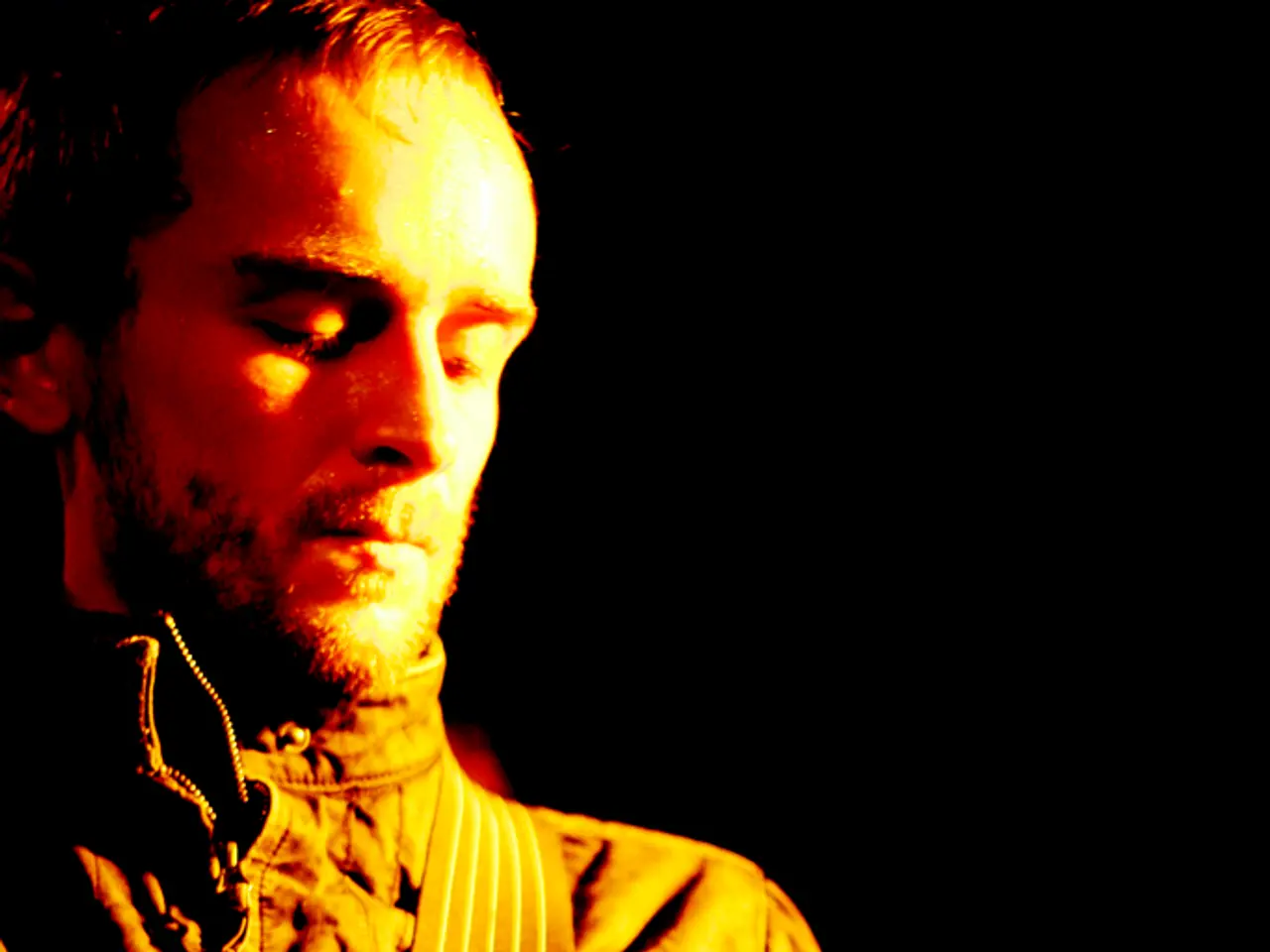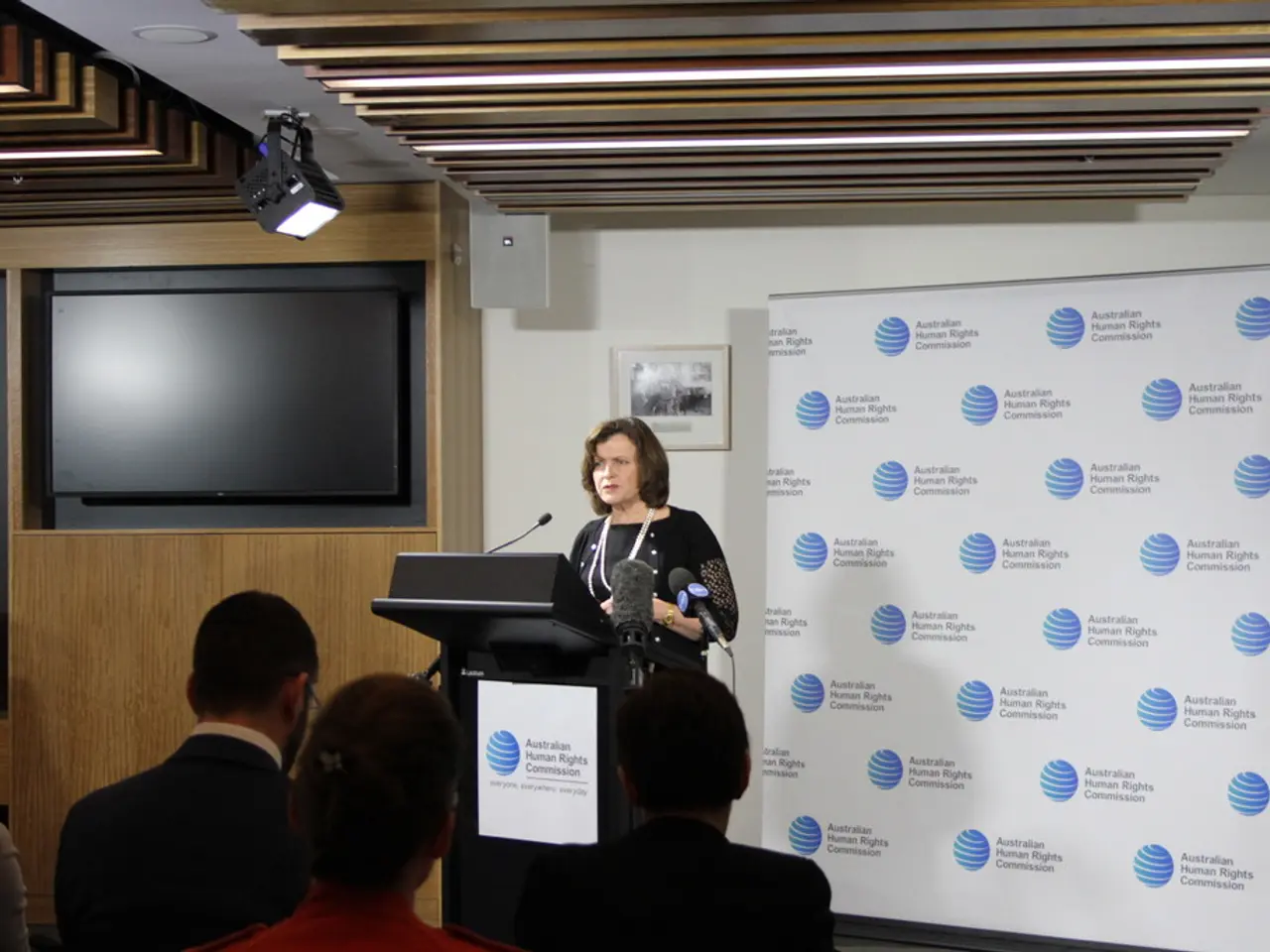The essence of film production revolves around creating motion pictures, from pre-production to post-production stages. It encompasses scriptwriting, casting, filming, editing, and distribution of the final product.
Film production is a captivating process that transforms an idea into a visual and auditory experience for audiences. This intricate journey involves five main phases: development, pre-production, production, post-production, and distribution.
Development
The initial stage, development, is where the film idea takes shape. Screenwriters refine the script, and producers secure the necessary rights and financing to set the creative and financial foundation for the project.
Pre-Production
Pre-production, the planning phase, is where detailed preparation occurs before filming. Activities include script revisions, storyboarding, casting actors, scouting and securing locations, designing sets and costumes, hiring crew members, creating shooting schedules, and budgeting. Department heads are briefed to align with the director's vision, and all necessary materials and logistics are arranged to ensure a smooth shoot.
Production
Also known as principal photography, production is when the film is actually shot. Actors perform scenes according to the script while the director, camera operators, and crew capture the footage. A typical shooting day consists of call time, setup of lighting and cameras, blocking (rehearsing positions with actors), lighting, rehearsals, and multiple takes until the scene meets the director's satisfaction. This phase is often the shortest but most intense and expensive.
Post-Production
After filming, post-production takes place. This stage involves editing the footage, adding visual effects, sound design, music scoring, color correction, and sound mixing to create the final polished film. It prepares the movie for distribution by enhancing its artistic and technical quality.
Distribution
Once completed, the film is released to audiences through various channels such as film festivals, theaters, streaming platforms, television broadcasts, or self-release online. This stage also includes marketing and promotional activities to maximize the film’s reach and commercial success.
These stages form a sequential workflow from the initial idea through to delivering the finished film to viewers, each with distinct roles critical to filmmaking. The producer, a crucial role in film production, oversees the entire process from development to distribution. They act as mediators between the creative team and the business side of the industry, managing the budget, securing funding, and handling contracts.
Large-scale productions now involve hundreds or even thousands of professionals, each contributing specialized skills to the final product. Different types of producers exist, such as executive producers, line producers, associate producers, and co-producers, each with specific roles. Film production has evolved dramatically since its early days, with advancements in technology, such as the introduction of sound, color, digital filmmaking, CGI, and the rise of streaming platforms.
The goal of film production is to engage, entertain, or educate audiences with a visual and auditory experience. The advent of streaming platforms has transformed the distribution landscape, allowing filmmakers to reach global audiences more easily than ever before. Post-production includes color correction and grading to ensure the film's visuals are polished and consistent. An associate producer assists with various tasks, filling in wherever necessary to ensure the project runs smoothly. An executive producer is often responsible for securing financing and bringing major players together.
Marketing and promotional campaigns are often launched during distribution to generate buzz and attract viewers. The producer's responsibilities extend to managing the budget, securing funding, and handling contracts. The producer works closely with the director, screenwriters, and other key personnel to shape the vision of the film. A co-producer shares responsibilities with other producers, usually focusing on specific areas such as post-production or managing certain departments within the production.
In conclusion, film production is a fascinating process that requires collaboration, creativity, and meticulous planning. From the initial idea to the final distribution, each stage plays a vital role in bringing the film to life and delivering an unforgettable experience to audiences.
- The producer's responsibilities extend to managing the budget, securing funding, and handling contracts, ensuring a smooth workflow from the initial idea through to delivering the finished film to viewers.
- The goal of film production is to engage, entertain, or educate audiences with a visual and auditory experience, and the advent of streaming platforms has transformed the distribution landscape, allowing filmmakers to reach global audiences more easily than ever before.








